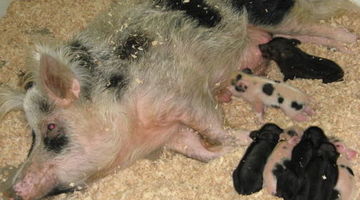
Porcine endogenous1 retrovirus (PERV) is a retrovirus found in the DNA2 of all pigs. The virus3 is normally in an inactive proviral form, but can potentially produce mature viral particles infectious4 for other species5. PERV infection6 is a risk of pig to human transplants.



